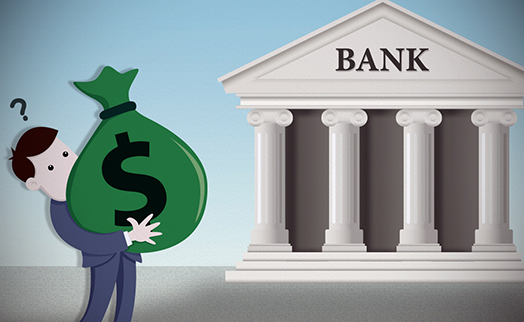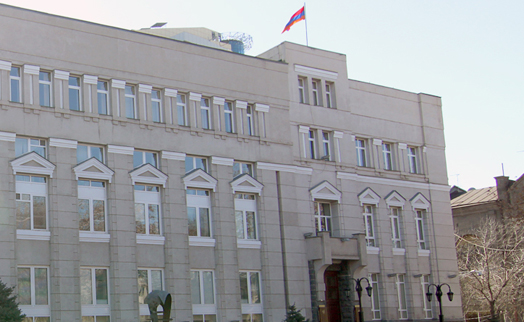YEREVAN, September 20. /ARKA/. Loan books and deposit bases at banks in Russia and other members of the Commonwealth of Independent States (CIS) will continue to be highly concentrated on a small group of large corporates, says Moody’s Investors Service in a report “Banks – Commonwealth of Independent States; Persistently high loan and deposit concentrations are credit negative,” published September 19.
Loan concentrations remain high, because lending options for CIS banks are limited. Modest economic growth and low levels of public wealth are translating into weak credit demand and CIS economies remain heavily dependent on large corporates in certain sectors.
“This concentration of loans is a credit negative because it raises the risk of credit losses that are detrimental to capital,” said Vladlen Kuznetsov, a Vice President and Senior Analyst at Moody’s. “It also elevates the risk of cash-flow disruptions that could hamper revenue generation and profitability, and have a negative impact on liquidity.”
While the 20 largest single-client loans at CIS banks have declined slightly as a percentage of gross loans in recent years, they still remain elevated, accounting for 41% of all loans.
Loan concentration may also actually be understated, as banks may break a large loan into smaller pieces, marking them as loans to different companies, in order to comply with regulatory limits. In addition, regulators in most CIS countries use non-consolidated data for the supervision of related-party exposures. This allows banks to avoid reporting large exposures.
CIS banks’ deposit bases also remain heavily concentrated on a limited number of customers, a trend that will persist in the medium term. Growth in retail deposits will accelerate amid recovery in real income growth in some countries, but any progress in overall deposit diversification will remain slow. -0-








